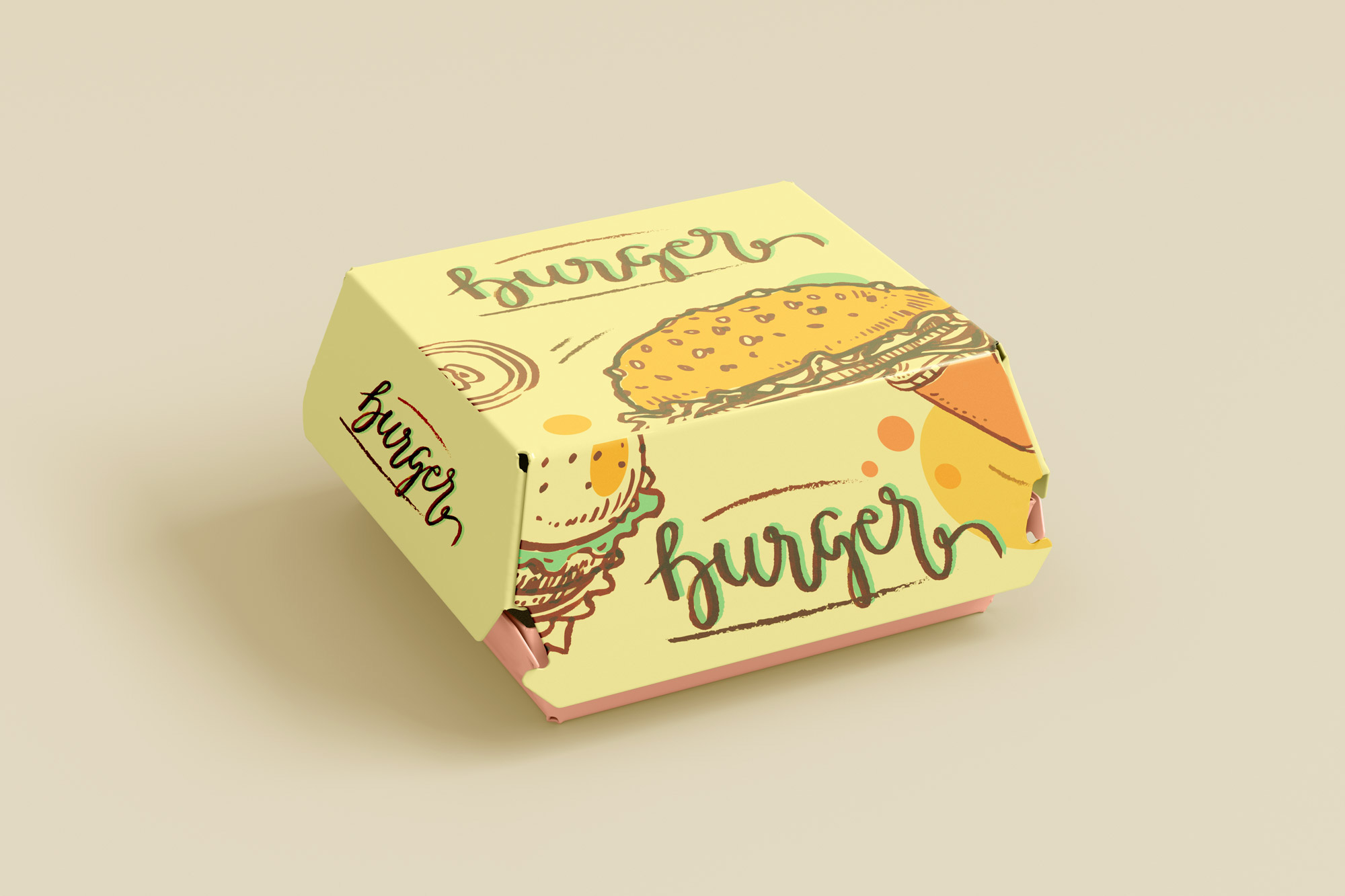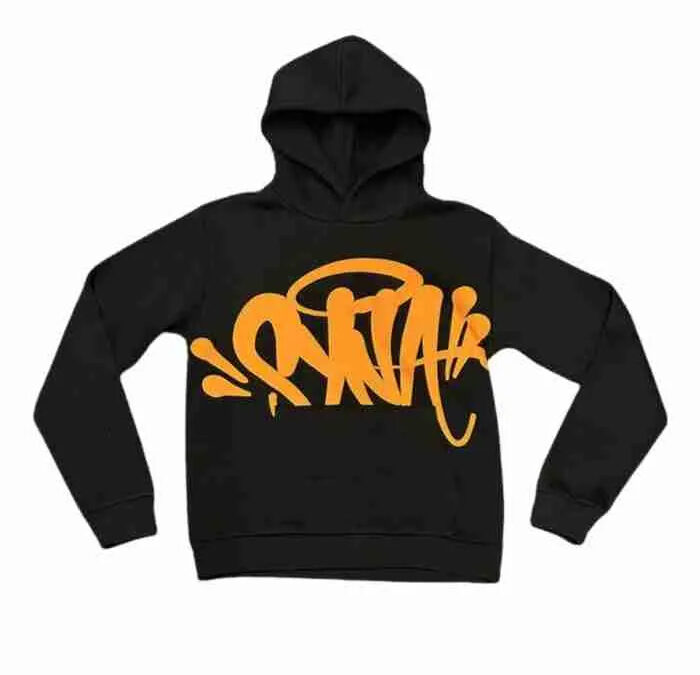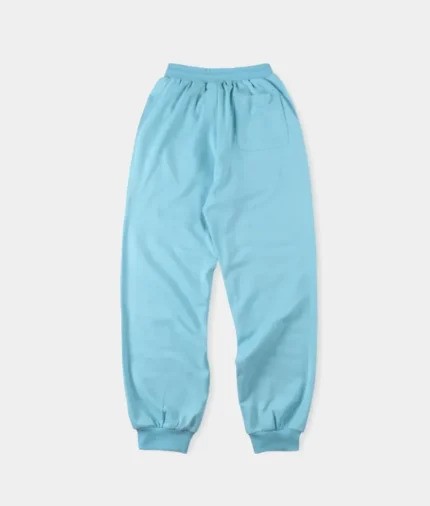The burger industry is rapidly evolving. Customers now expect their meals to arrive fresh, hot, and responsibly packaged. Traditional cardboard boxes are no longer sufficient. The new wave of burger packaging focuses on sustainability, performance, and customer experience. This article explores the latest innovations shaping the future of packaging materials, offering insights for operators, suppliers, and sustainability advocates.
Plant-Based Compostable Films
Compostable films represent a significant step toward sustainable burger delivery. These films are typically made from polylactic acid (PLA), starch blends, or other plant-derived polymers. They are designed to break down completely in industrial composting facilities, reducing long-term environmental impact. Their key advantage is grease and moisture resistance, which ensures burgers remain fresh and maintain texture during transport.
Beyond performance, these films allow brands to communicate environmental responsibility. Eco-conscious consumers increasingly prefer sustainable options, which can directly influence purchasing decisions. Adoption requires careful testing to ensure heat retention and integrity under real-world conditions. Some locations may lack proper composting infrastructure, meaning the material could still end up in regular waste streams.
Despite these challenges, early adopters gain competitive advantage. Businesses can experiment with film thickness, coating treatments, and printing options to balance cost and functionality. Additionally, plant-based films are compatible with branding opportunities, offering the ability to showcase sustainability claims prominently. In essence, these materials go beyond cardboard by combining environmental responsibility, usability, and premium customer experience, making them ideal for modern burger service operations.
Molded Fiber Pulp Boxes
Molded fiber pulp boxes are increasingly popular in fast-casual and delivery-oriented concepts. They are made from plant fibers such as sugarcane bagasse, bamboo, or wheat straw, compressed under heat and pressure to form durable containers. Unlike cardboard, pulp boxes maintain structural integrity even when holding juicy or heavy burgers. They are naturally grease-resistant and often fully compostable, addressing growing environmental concerns.
The material also offers excellent insulation, preserving heat and preventing buns from becoming soggy. Vent holes or ridges are often incorporated to prevent condensation, which maintains crisp textures. From a branding perspective, the natural look and tactile feel of fiber pulp convey quality and environmental consciousness.
Operationally, implementation requires sourcing from specialized suppliers and testing for durability in real-world delivery or dine-in scenarios. While costs are higher than traditional cardboard, the benefits include improved customer experience, reduced environmental footprint, and an upscale perception for the brand. Fiber pulp boxes provide a scalable, practical, and sustainable alternative, positioning them as a cornerstone of next-generation burger packaging.
Edible and Flavor-Infused Wrappers
Edible wrappers offer a unique and memorable solution for sustainable packaging. Made from rice paper, seaweed, or similar food-safe materials, these wrappers can be consumed alongside the burger. Some advanced versions are infused with flavors such as garlic, paprika, or smoked seasonings, enhancing the overall taste experience.
For premium burger concepts, edible wrappers reduce waste and create a memorable customer experience. They also appeal to social media-savvy consumers, who are drawn to shareable, innovative dining moments. Food safety and structural integrity are critical; wrappers must withstand heat, grease, and handling without disintegrating prematurely. Regulatory approval is also necessary to meet hygiene and safety standards.
While adoption costs are higher and supply chains less mature than cardboard, the benefits include brand differentiation, zero-waste appeal, and enhanced dining experiences. Edible and flavor-infused wrappers demonstrate the possibilities of combining sustainability, creativity, and customer engagement, showing a clear evolution beyond conventional packaging.
Reusable Containers
Reusable containers represent a circular approach to packaging. These are typically made from durable polymers, stainless steel, or aluminum, designed for multiple cycles of use. Customers return containers at the next visit or via delivery collection programs.
Initial costs are higher, but the long-term benefits are significant. Reusable containers reduce waste, enhance brand prestige, and encourage loyalty through incentive programs. They also preserve burger quality by preventing condensation and squashing. Logistics and hygiene are key challenges, requiring cleaning infrastructure and return management.
These containers reposition packaging from disposable necessity to reusable asset. For urban and suburban operators, they provide a sustainable, premium alternative to cardboard while reinforcing a commitment to the environment. By integrating reusable solutions, restaurants can significantly reduce single-use waste and align with modern sustainability standards.
Thermal-Insulated Sleeves
Thermal-insulated sleeves are designed to maintain burger temperature while preventing soggy buns. They incorporate metallized films, vacuum layers, or air-gap insulation to slow heat loss.
These sleeves are particularly important for delivery or take-out operations, where transit times can exceed 20–30 minutes. Combining insulation with recyclable or biodegradable materials allows brands to protect both food quality and the environment. Thermal sleeves are easy to apply, secure the burger during transport, and enhance the premium feel.
Operational testing ensures sleeves maintain grease resistance, fit properly, and do not interfere with branding. The cost per unit is moderate but offset by improved customer satisfaction. Thermal-insulated sleeves illustrate how thoughtful packaging design can preserve food quality while aligning with sustainability goals.
Biodegradable Coatings on Conventional Boxes
Biodegradable coatings allow conventional cardboard boxes to meet modern environmental standards. Natural polymers like chitosan, soy protein, or cellulose-based films replace wax or plastic liners.
These coatings maintain grease and moisture resistance while ensuring boxes can be recycled or composted. They preserve structural integrity and protect burgers during transport. Coatings also allow high-quality printing for branding and seasonal promotions.
Restaurants benefit from easy integration without overhauling existing equipment. Biodegradable coatings bridge the gap between traditional cardboard and fully compostable solutions. They provide a cost-effective, environmentally responsible option that improves customer perception while minimizing operational disruption.
Smart Packaging and Digital Integration
Smart packaging integrates technology with traditional containers. QR codes, NFC chips, or augmented reality can provide nutritional information, sourcing details, loyalty rewards, and interactive experiences.
For burger service, this approach enhances consumer engagement and transparency. Digital interaction can highlight sustainable sourcing, recycling instructions, or brand stories. Smart packaging also generates measurable insights on customer behavior, supporting marketing strategy.
From a functional perspective, smart packaging must remain sturdy, grease-resistant, and heat-safe. By combining technology and sustainability, these solutions create an innovative experience that goes beyond simple containment, strengthening both brand value and customer satisfaction.
Modular Insert Systems
- Inserts separate burgers, sauces, and sides, preventing damage during transport.
- Made from compostable or recycled materials, they enhance sustainability.
- Modular design allows seasonal or promotional branding updates without full packaging redesign.
- Inserts improve airflow, preserving bun texture and toppings freshness.
- They enhance presentation and customer experience, particularly for delivery and takeaway.
These systems combine operational efficiency with branding flexibility. They ensure products arrive intact and visually appealing, reinforcing quality and eco-conscious messaging.
Sustainable Options for Quick Service
- Plant-based wrappers and films reduce plastic dependency.
- Fiber pulp boxes offer strong, compostable alternatives.
- Reusable containers encourage circular consumption.
- Thermal-insulated sleeves maintain product quality during delivery.
- Smart and modular packaging creates interactive and flexible solutions.
Quick-service brands can adopt one or more of these materials to balance cost, sustainability, and consumer experience. Each option delivers measurable benefits and aligns with environmental and operational goals.
Conclusion
The future of burger packaging goes far beyond traditional cardboard. Innovative materials and designs are transforming how burgers are delivered, stored, and experienced. From plant-based compostable films and molded fiber pulp boxes to edible wrappers, reusable containers, and smart packaging, each solution offers unique advantages. They not only protect the food but also enhance customer satisfaction, promote sustainability, and strengthen brand reputation.
By embracing biodegradable coatings, thermal-insulated sleeves, and modular insert systems, restaurants can maintain product quality while reducing environmental impact. These next-generation materials reflect evolving consumer expectations for eco-conscious, practical, and engaging dining experiences.
Order Now: https://ibexpackaging.com/burger-boxes/







0 Comments